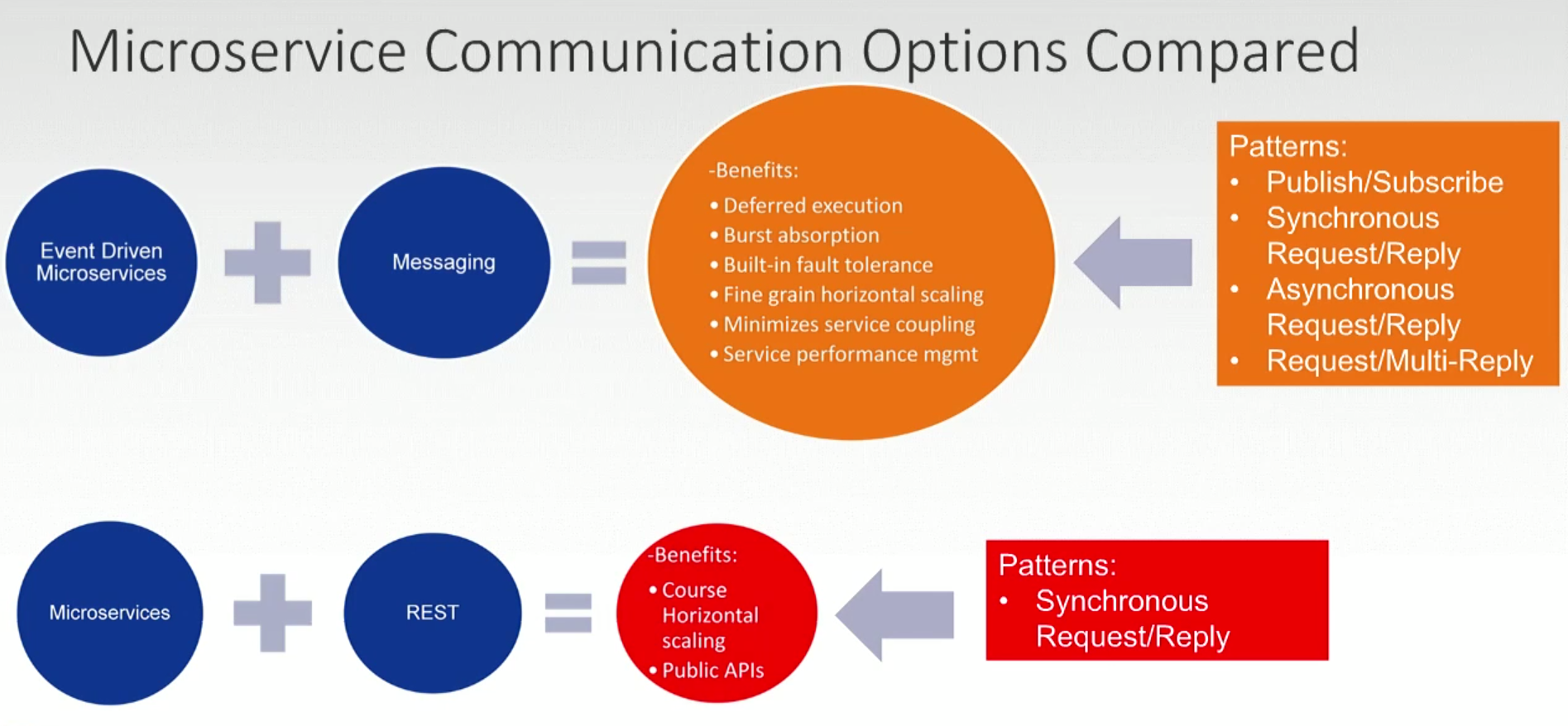Microservices are extremely popular these days, and for good reason. They provide a blueprint that make it easier to create robust and scalable applications. During a webinar called “Microservices in Practice”, Jonathan Schabowsky of Solace’s office of the CTO demonstrated how important the right choice of communications between services really is.
As you might expect, REST was the opening topic. But REST has some limitations that any architecture needs to consider. Jonathan described the challenges in interaction cardinality of synchronous and asynchronous, and how the wrong choice can lead to tightly coupled architecture. During the talk, a poll of the viewers found that 71% felt that asynchronous delivery is very important.
Jonathan then highlighted a few desirable characteristics for microservices: scaling, fault tolerance, performance, management and security. Using personal experience, he guided participants through the role each of these items plays and how to achieve them.
 Two of the more fascinating items in this webinar were the introduction and step through of a microservices reference architecture (using a mythical “Sol-beer” app) and a microservices communication option comparison chart. The reference architecture stepped us through how synchronous and asynchronous response models work together to create a seamless data flow while providing performance and fault tolerance.
Two of the more fascinating items in this webinar were the introduction and step through of a microservices reference architecture (using a mythical “Sol-beer” app) and a microservices communication option comparison chart. The reference architecture stepped us through how synchronous and asynchronous response models work together to create a seamless data flow while providing performance and fault tolerance.
The comparison chart was deemed by the viewers as the most interesting part of the discussion, showing how message exchange patterns impact and drive your final deliver of microservices.
If you missed the live webinar, we’d invite you to watch the recording and subscribe to our channel to catch future talks on microservices and other topics of interest.
Explore other posts from category: Use Cases

 Solace
Solace
